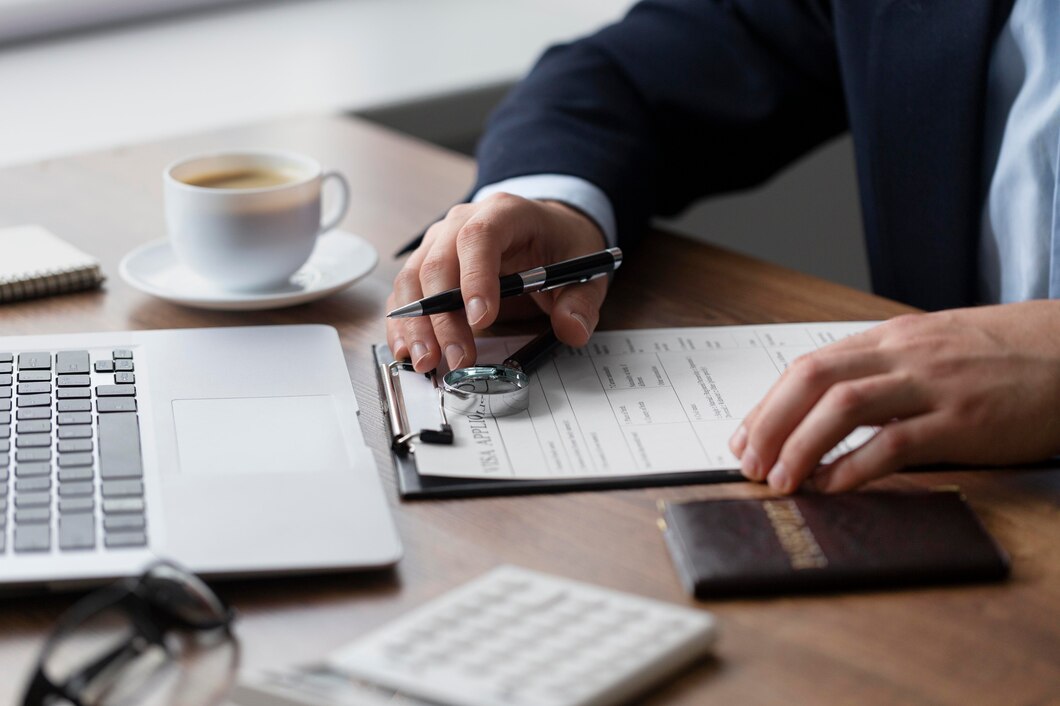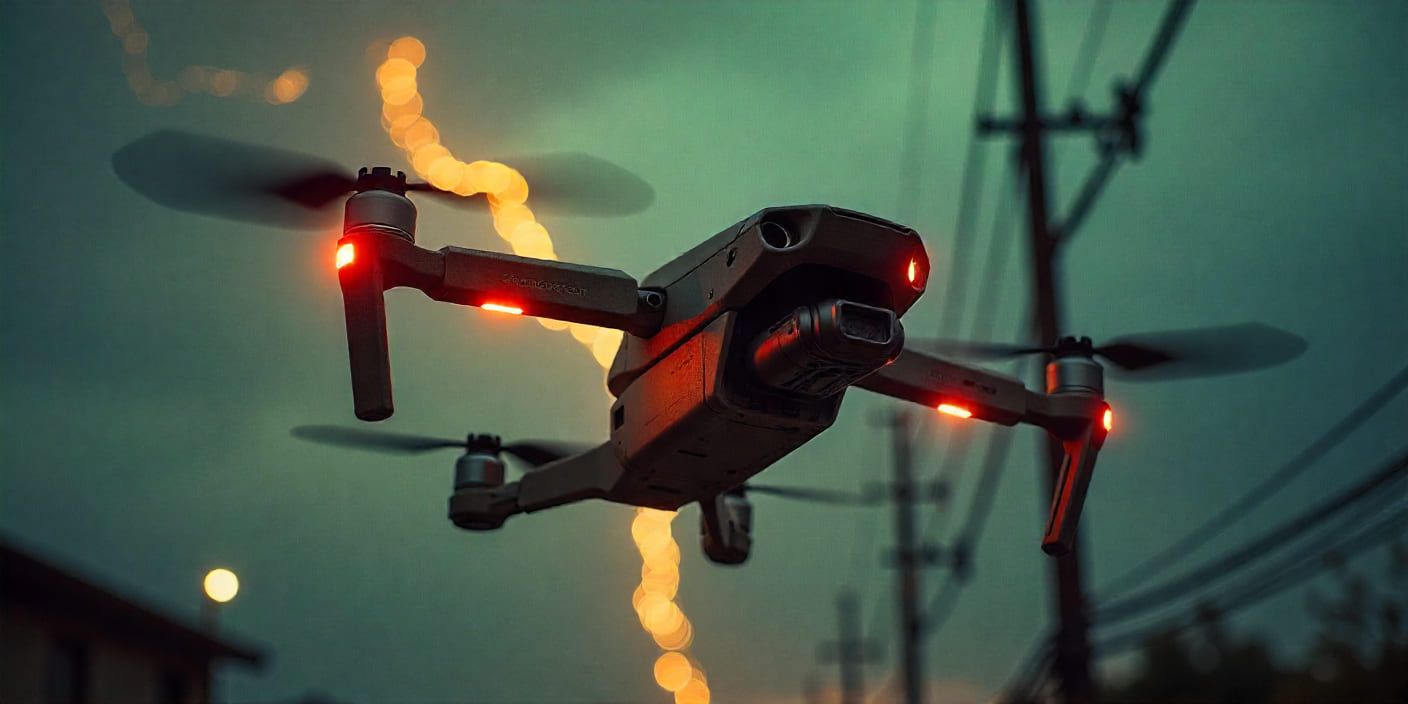Adding Waivers or Authorizations: Flying Beyond the Rules
Under the FAA’s Part 107 regulations, most drone pilots must follow strict operational rules, such as flying only during daylight, below 400 feet, and always within visual line of sight. But what if your job or project requires you to operate at night, over people, or beyond visual line of sight (BVLOS)?
That’s where waivers and airspace authorizations come in.
With proper planning, documentation, and FAA approval, you can legally operate outside some of the standard Part 107 restrictions.

What Is a Waiver?
A waiver allows you to deviate from certain rules under Part 107 by demonstrating that your operation can still be conducted safely. These are commonly referred to as “Part 107 waivers.”
Some common waivers include:
- Night operations (before rule changes in 2021)
- Flying over people
- Flying over moving vehicles
- Beyond visual line of sight (BVLOS)
- Operating multiple drones at once
- Flying from a moving vehicle

Do You Still Need a Waiver to Fly at Night?
Not always.
Thanks to the FAA’s 2021 rule update, drone pilots no longer need a waiver to fly at night, provided:
- The drone is equipped with anti-collision lighting visible for at least 3 statute miles.
- The pilot has completed the updated recurrent training that includes night operations.
However, if you’re using older drones without proper lighting or conducting complex nighttime operations, you may still need a waiver.

What Is an Airspace Authorization?
Even if you follow all other Part 107 rules, you’ll need airspace authorization to fly in controlled airspace (Class B, C, D, or surface-level E).
To get authorization, use the LAANC (Low Altitude Authorization and Notification Capability) system or submit a request via DroneZone (FAA’s drone portal).
- LAANC is fast and automated, ideal for standard operations in approved areas.
- DroneZone is used for custom, complex airspace requests and waivers.

How to Apply for a Waiver
To apply for a waiver under Part 107:
- Log in to the FAA’s DroneZone portal:
https://faadronezone.faa.gov - Navigate to “Part 107 Waivers” and click “Create Part 107 Waiver Request.”
- Choose the specific rule you’re requesting a waiver from (e.g., 107.29 for night flight).
- Fill out the operational details, including:
- Mission description
- Drone model & specs
- Pilot qualifications
- Safety risk mitigation procedures
- Submit and wait for FAA review. Waiver approvals typically take 30 to 90 days, depending on complexity.

Tips for a Successful Waiver Application
- Be specific: Vague answers lead to denial. Provide detailed plans and procedures.
- Include safety protocols: Describe how you’ll manage risks, especially for non-standard operations.
- Use diagrams and visuals: Show your flight area, airspace maps, and emergency landing spots.
- Train your team: The FAA wants to know your crew is well-prepared.

How Long Are Waivers Valid?
Most waivers are valid for up to 48 months, depending on the nature of the operation and the FAA’s judgment. You must reapply before expiration to continue operations.
Conclusion
Waivers and airspace authorizations open up new possibilities for professional drone pilots, from flying at night to conducting advanced operations for industries like inspection, filmmaking, and search & rescue.
While the application process takes time and care, the ability to fly beyond basic Part 107 limits gives you a major competitive edge in the growing drone industry.


